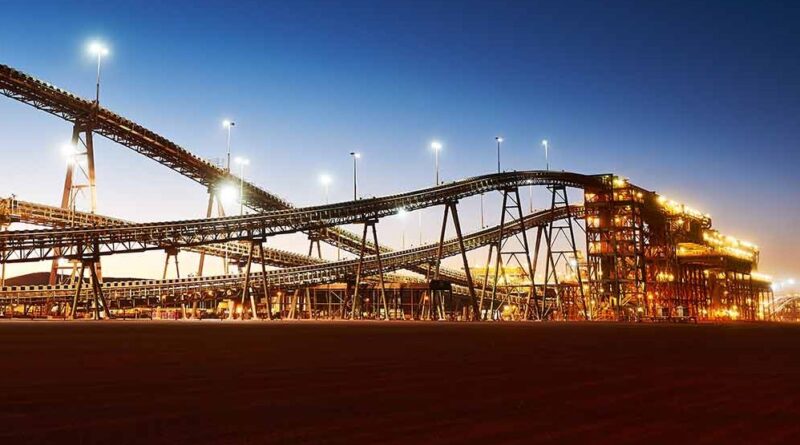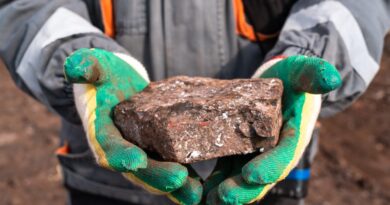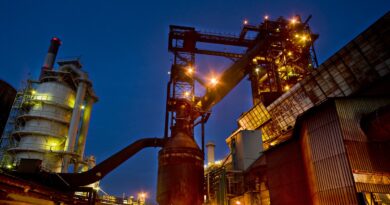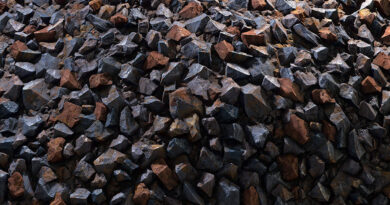BHP Operational Review of Iron Ore and Nickel
In its Operational Review for the year ended 30 June 2022, BHP has reported that total iron ore production was in line with the prior period at 253 Mt. Production for the 2023 financial year is expected to be between 249 and 260 Mt.
WAIO production of 249 Mt (283 Mt on a 100 per cent basis) was in line with the prior period, reflecting continued strong supply chain performance and favourable weather compared to the prior period, offset by the impacts of temporary labour constraints relating to COVID-19, planned track renewal works in the March 2022 quarter and the planned major maintenance on the Jimblebar train load out and car dumper one in the first half. Its preventative maintenance programs continue to underpin the strength of the WAIO supply chain, delivering increased car dumper, reclaimer and ship loader availability year on year and enabling record sales volumes of 284 Mt (100 per cent basis).
South Flank ramp up to full production capacity of 80 Mtpa (100 per cent basis) is ahead of schedule with an average rate of 67 Mtpa achieved in the June 2022 quarter contributing to record production from the Mining Area C (MAC) hub and record lump sales.
WAIO production for the 2023 financial year is expected to be between 246 and 256 Mt (278 and 290 Mt on a 100 per cent basis) reflecting the tie-in of the port debottlenecking project (PDP1) and the continued ramp up of South Flank.
Samarco production of 4.1 Mt (BHP share) reflected the ramp up of production to capacity, following the recommencement of iron ore pellet production at one concentrator in December 2020. Production for the 2023 financial year is expected to be between 3 and 4 Mt (BHP share).
Nickel production
Nickel West production decreased by 14 per cent to 77 kt due to the significant impacts of COVID-19 related labour absenteeism and workforce shortages, and unplanned downtime at the oxygen plant leading to a 15 day smelter outage in the June 2022 quarter.
Production for the 2023 financial year is expected to be between 80 and 90 kt, weighted to the second half of the year due to planned smelter maintenance in the first half.




